As an educator, you understand the value of continuous learning and professional development. Whether you're looking to fund your children's university education, pursue postgraduate studies, or invest in training courses, the costs can be substantial. Refinancing your home loan to access equity presents a strategic solution that many teachers overlook.
Understanding Home Equity and Refinancing
Your home equity represents the difference between your property's current market value and your outstanding mortgage balance. When property values increase or you pay down your loan amount, this equity grows. Refinancing allows you to release equity in your property by securing a new loan against this increased value.
Finance & Mortgage Brokers can help you access loan options from banks and lenders across Australia, ensuring you find suitable terms for your financial situation. This process involves replacing your existing mortgage with a new one, potentially offering improved conditions such as accessing a lower interest rate or different loan terms.
Benefits of Refinancing for Education Funding
Refinancing offers several advantages when funding education expenses:
• Lower interest rates: Home loans typically offer more favourable rates compared to personal loans or credit cards
• Flexible repayment terms: You can change your loan term to manage monthly payments effectively
• Large loan amounts: Access substantial funds for significant education investments
• Tax considerations: Interest on funds used for income-producing activities may be tax-deductible
The Refinancing Application Process
The application process requires careful preparation and documentation. Lenders will assess your financial situation through various documents, including recent bank statements, payslips, and tax returns. As a teacher, your stable employment history often works in your favour during this assessment.
Key steps include:
- Property valuation: Determining your home's current market value
- Equity calculation: Establishing available equity after considering lender requirements
- Document preparation: Gathering financial records and employment verification
- Lender comparison: Evaluating different interest rate options and loan features
- Application submission: Completing the streamlined application process
Interest Rate Considerations
When refinancing, you'll encounter different interest rate structures. Variable interest rates fluctuate with market conditions, potentially offering lower initial rates but with uncertainty over time. Fixed interest rates provide stability and predictable payments, particularly valuable if your current fixed rate period ending coincides with higher market rates.
Many borrowers choose split loans, combining both variable and fixed portions to balance stability with potential savings. Your mortgage broker can help evaluate which option aligns with your financial goals and risk tolerance.
Additional Refinancing Benefits
Beyond accessing education funds, refinancing may offer other financial advantages:
• Debt consolidation: Combine multiple debts into your mortgage at lower rates
• Reduce loan repayments: Extend terms or secure lower rates to decrease monthly obligations
• Portfolio expansion: Release equity to buy the next property for investment purposes
• Better loan options: Access improved features unavailable in your current loan
Eligibility and Lender Policies
Different lenders maintain varying policies regarding equity release and refinancing. Some institutions offer special programs for education professionals, recognising the stable nature of teaching careers. It's important to check eligibility for special lender policies that might provide additional benefits or more favourable terms.
Factors affecting eligibility include:
• Current loan-to-value ratio
• Employment history and income stability
• Credit history and existing debts
• Property type and location
• Intended use of released funds
Making an Informed Decision
Refinancing involves costs including discharge fees, application fees, and potential break costs if exiting a fixed-rate loan early. These expenses should be weighed against the benefits of accessing equity at favourable refinance interest rates.
Consider your long-term financial goals and how education funding fits within your broader strategy. Professional mortgage brokers can model different scenarios, helping you understand the impact on your overall financial position.
Working with Professional Brokers
Experienced Finance & Mortgage Brokers understand the unique circumstances teachers face, including salary packaging arrangements, employment contracts, and career progression patterns. They can identify lenders most likely to approve your application and negotiate terms that suit your specific needs.
Brokers maintain relationships with numerous lenders, providing access to products and rates that might not be directly available to consumers. This expertise proves particularly valuable when seeking to optimise both your refinancing outcome and education funding strategy.
Refinancing to access equity for education represents a strategic approach to funding learning investments. With professional guidance, you can leverage your property's value to support educational goals while potentially improving your overall mortgage terms.
Call one of our team or book an appointment at a time that works for you to explore how refinancing can help fund your education aspirations.



